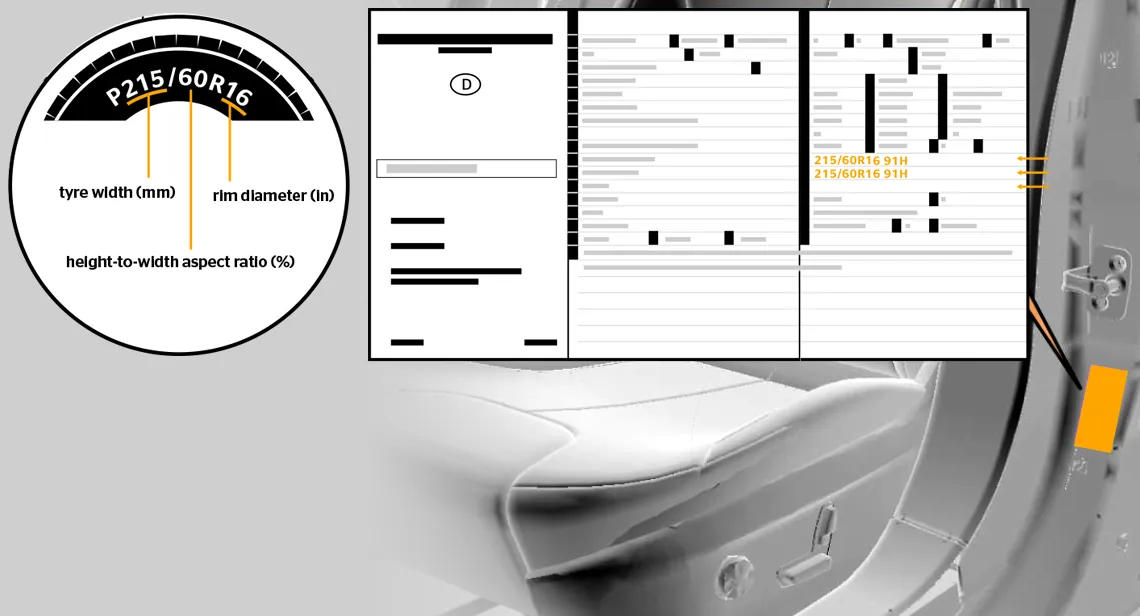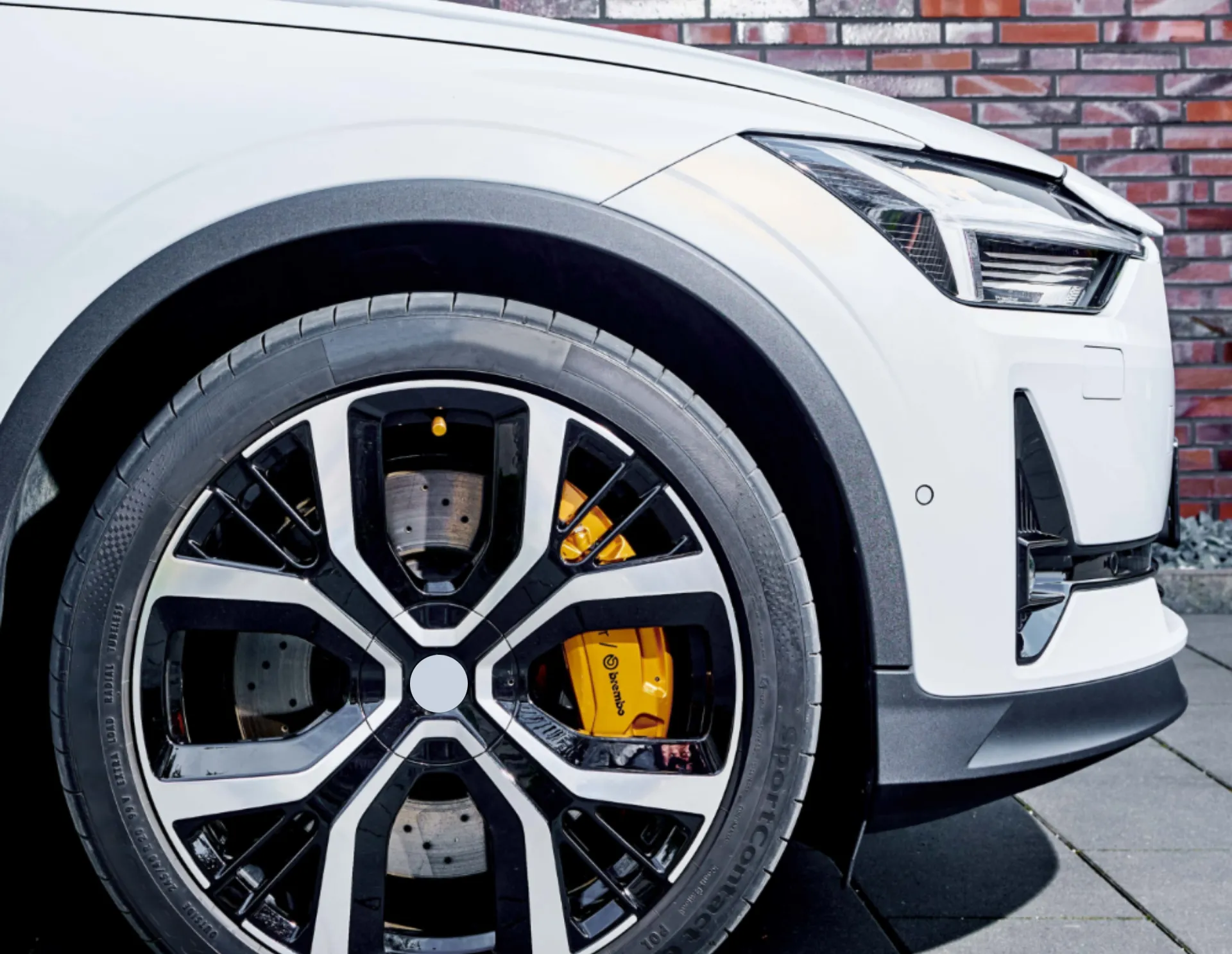.png)
Ensuring the safety of our journeys begins with the unsung hero of the road – tire testing. It's not just about rolling rubber; it's a journey of innovation and evolution that shapes the very standards keeping us safe. Today, let's take a ride into the future of tire testing, with a spotlight on Qatar, where the tire industry isn't just a player; it's a game-changer. Explore cutting-edge tire testing methods, safety standards, and innovation with our tire manufacturing company, setting new benchmarks for road safety and reliability.
Evolution of Tire Testing
Picture this: tires of the past were born in simplicity. But now, they've evolved into tech marvels. Early tests were like learning to ride a bike; now, it's like piloting a spaceship. Technological leaps have transformed tire testing into a symphony of precision, ensuring every tire's performance is a well-tuned masterpiece.
Qatar's Role in Tire Testing
Qatar isn't just a desert landscape; it's a hotbed of tire innovation. It won’t take you long to find the best tires in Qatar. With facilities that resemble futuristic labs, Qatar is where the rubber meets the road, quite literally. The commitment to pushing the boundaries of tire technology makes it a cradle for groundbreaking advancements in tire manufacturing.
Innovations in Continental Tires
Think of Continental Tires as the Elon Musk of the tire world. This industry heavyweight doesn't just make tires; it engineers them with a touch of genius. From smart treads to eco-friendly compounds, Continental is the maestro composing the future of tire innovation.
Tire Testing and Safety Standards
Imagine tire testing as the bodyguard of the road trip. Rigorous tests are the training grounds where tires prepare for the unpredictable road battles. These tests aren't just checkboxes; they're the reason your journey is safeguarded, surpassing safety regulations and ensuring a secure ride for you and your passengers..png)
Challenges in Modern Tire Testing
Even with the coolest tech, tire testing faces its own set of challenges. It's like solving a puzzle where the pieces keep changing shape. Issues like burstiness and perplexity in test outcomes are real hurdles. But fear not, tire scientists are on it, crafting innovative solutions to keep the testing process robust.
Environmental Considerations
Tire safety isn't just about us; it's about Mother Earth too. The tire industry is embracing eco-friendly approaches, like recycling test materials and crafting sustainable tire recipes. It's a nod to environmental goals, ensuring our safety doesn't come at the cost of the planet.
Trends in the Tire Industry
The tire industry isn't static; it's a dynamic dance. Trends sway and twirl, shaping the future of tire testing. Understanding what consumers want and predicting market demands is the industry's secret sauce, keeping tire manufacturers in Qatar ahead in the tire tango.
The Intersection of Technology and Safety
Enter the tech wizardry that's enhancing tire safety. From tires with built-in sensors to artificial intelligence lending its brainpower to testing processes, technology is the superhero in this safety saga, ensuring our journeys are smarter and safer..png)
Regulatory Framework for Tire Testing
Think of tire regulations as the traffic rules for manufacturers. A global overview of these rules is essential. Every tire must abide by stringent compliance requirements, creating a safety net that ensures the products on the road are reliable and road-ready.
Consumer Awareness and Education
Ever felt the need to teach your tires some tricks? Well, maybe not, but educating consumers about tire safety is vital. Initiatives that spread awareness about tire maintenance and the importance of choosing certified tires contribute to an overall safer road experience.
International Collaboration in Tire Testing
It's not a solo act; it's a global concert. Countries collaborating on standardized testing procedures create a harmonized approach to tire safety. The result? A safer global road network where every tire, regardless of origin, adheres to the same high standards.
Case Studies: Success Stories in Tire Safety
Let's flip through the pages of success stories where tire testing was the unsung hero. Real-world examples where rigorous testing saved lives, proving that behind every tire, there's a tale of safety well told.
Future Predictions in Tire Testing
Peering into the crystal ball, the future of tire testing looks promising. With technology leading the way, the industry is set for transformative developments. The road ahead is paved with innovations that promise not just safety but a smoother, more efficient ride.
Conclusion
As we park our exploration into the future of tire testing, the road ahead seems dynamic and promising. Technological marvels and global collaborations are steering the tire industry toward a safer future. With leaders like Continental Tires and initiatives in Qatar, the tire landscape is poised for exciting and secure journeys
FAQs
Q: How often should I check my tire pressure for safety?
A: Regular tire pressure checks are recommended at least once a month or before long journeys.
Q: Can eco-friendly tires be as durable as traditional ones?
A: Absolutely. Advances in tire technology have made eco-friendly options just as durable, providing both safety and sustainability.
Q: Do smart tires really make a difference in safety?
A: Yes, smart tires equipped with sensors can provide real-time data, enhancing safety by alerting drivers to potential issues before they become hazards.
Q: Why is tire education important for drivers?
A: Educated drivers contribute to safer roads. Knowing how to maintain and care for tires ensures optimal performance and minimizes risks.
Q: Is there a global standard for tire testing, or do regulations vary by country?
A: While there are global standards, some regulations may vary by country. However, the goal is to align standards to ensure consistent safety measures worldwide.







